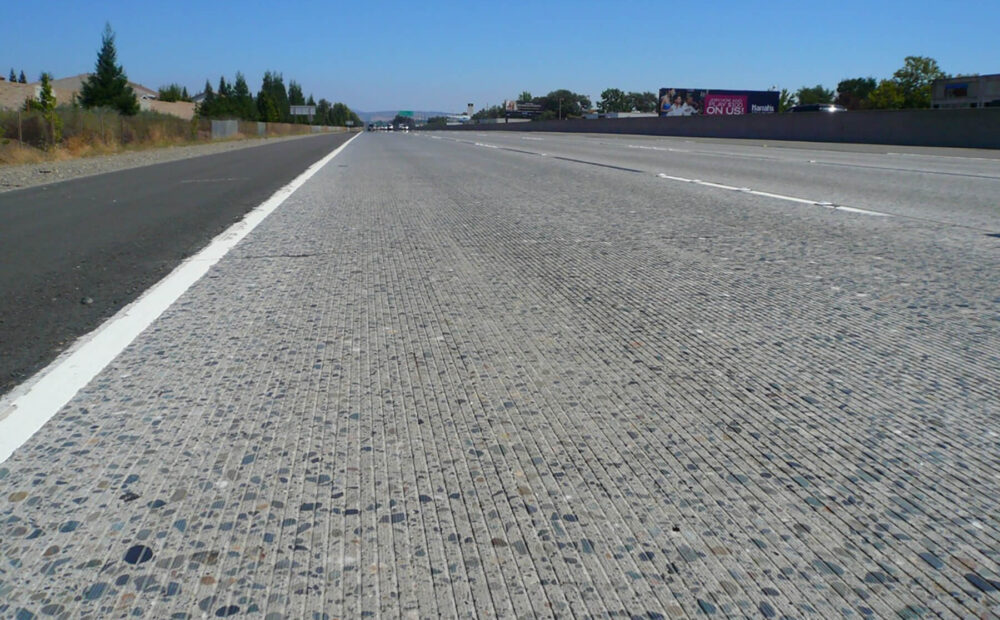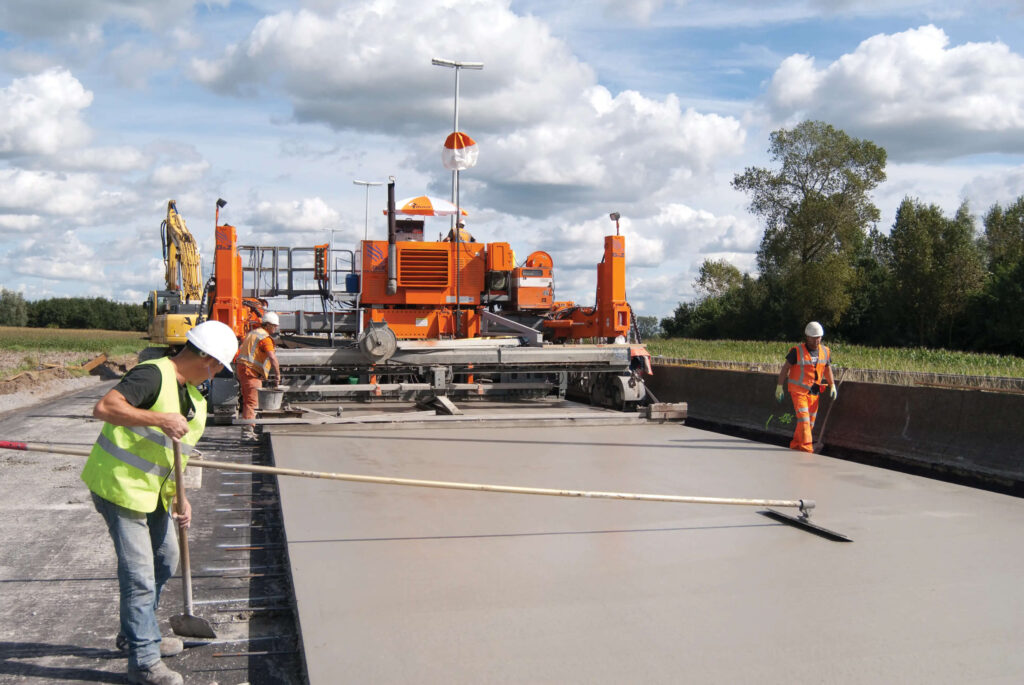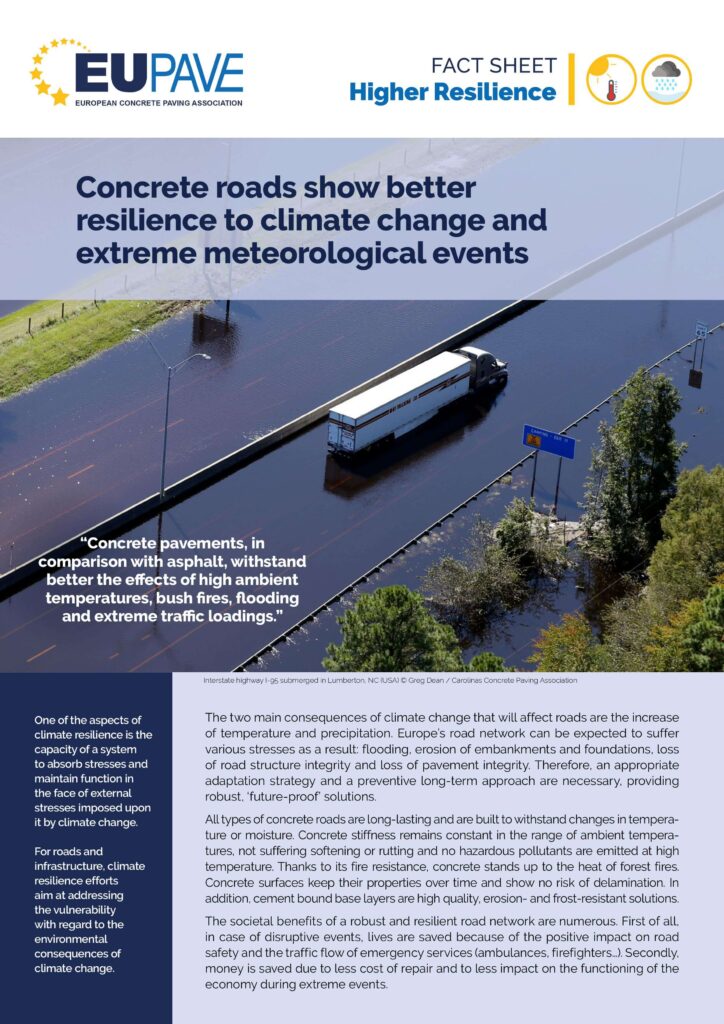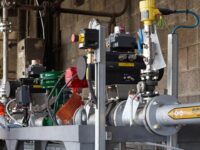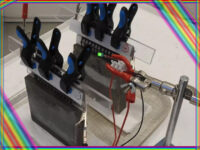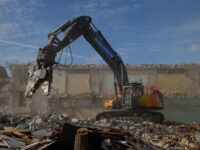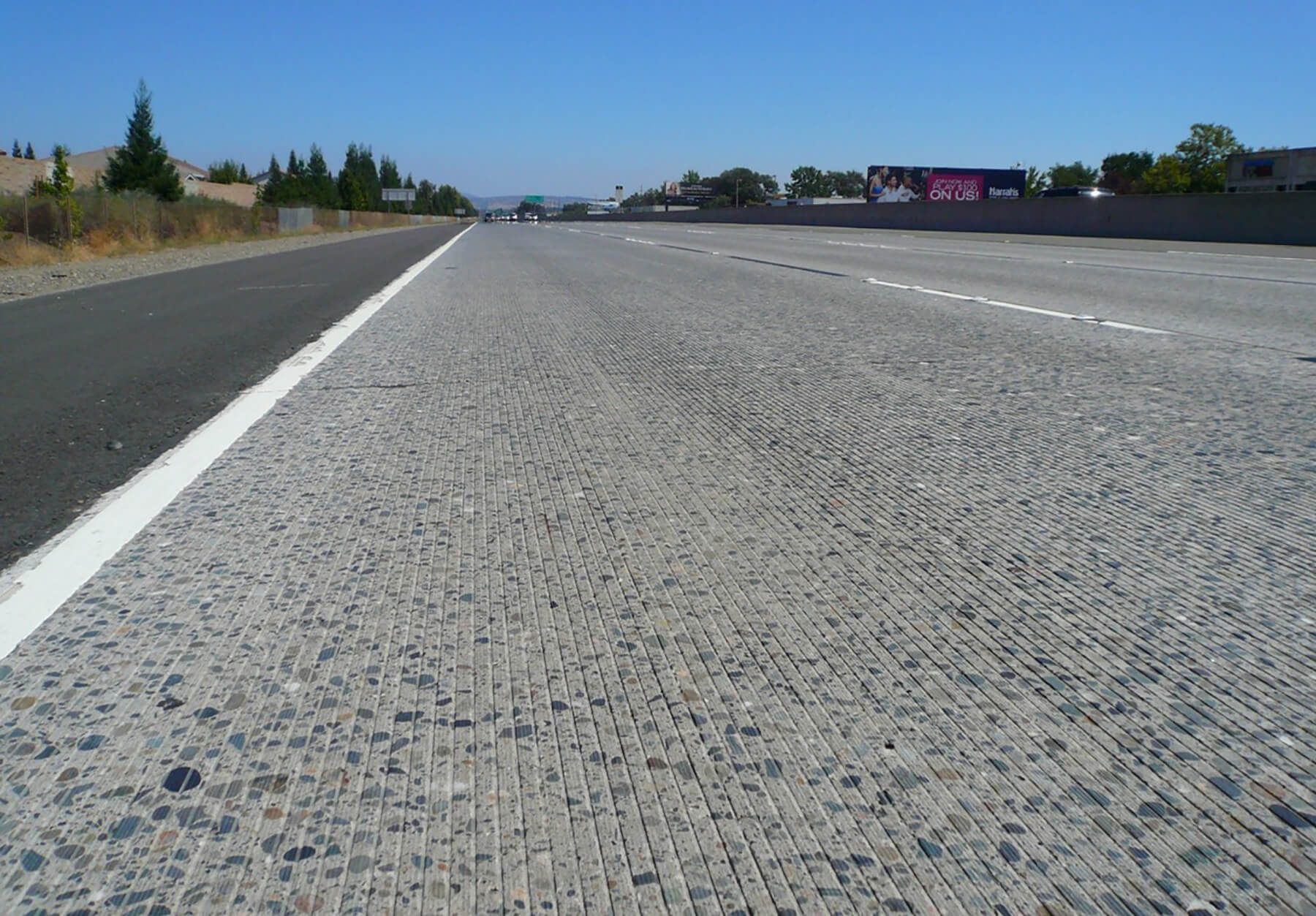EUPAVE is a not-for-profit association, with the objective of promoting all aspects of cement and concrete products for transport infrastructure and related areas, and in particular the specific contributions of cement and concrete to road safety, fuel consumption, congestion reduction and sustainable construction, amongst others.
EUPAVEUPAVE serves a comprehensive e-library containing guides, factsheets and presentations. One of their last publications is about climate resilience.
One of the aspects of climate resilience is the capacity of a system to absorb stresses and maintain function in the fact of external stresses imposed unpon it by climate change. For roads and infrastructure, climate resilience efforts aim at addressing the vulnerability with regard to the environmental consequences of climate change.
The two main consequences of climate change that will affect roads are the increase of temperature and precipitation. Europe’s road network can be expected to suffer various stresses as a result: flooding, erosion of embankments and foundations, loss of road structure integrity and loss of pavement integrity. Therefore, an appropriate adaptation strategy and a preventive long-term approach are necessary, providing robust, ‘future-proof’ solutions.
All types of concrete roads are long-lasting and are built to withstand changes in temperature or moisture. Concrete stiffness remains constant in the range of ambient temperatures, not suffering softening or rutting and no hazardous pollutants are emitted at high temperature. Thanks to its fire resistance, concrete stands up to the heat of forest fires.
Concrete surfaces keep their properties over time and show no risk of delamination. In addition, cement bound base layers are high quality, erosion- and frost-resistant solutions.
The societal benefits of a robust and resilient road network are numerous. First of all, in case of disruptive events, lives are saved because of the positive impact on road safety and the traffic flow of emergency services (ambulances, firefighters…). Secondly, money is saved due to less cost of repair and to less impact on the functioning of the economy during extreme events.
